-
×
-
×
-
×
Red Devil Vampire Crab - Geosesarma Hagen - Decapod Crustacean 1 × £8.71
-
×
2 x ELECTRIC BLUE ACARA CICHLID ANDINOACARA PULCHER male and female size, Beautiful Pair of South American Cichlids, Perfect for Beginners and Thriving Aquatic Environments, Stunning Colors That Enhance Your Tank 2 × £14.99
-
×
-
×
Golden Eyes Vampire Crab - Geosesarma Sp. - Decapod Crustacean 1 × £8.71
-
×
-
×
-
×
-
×
-
×
-
×
-
×
-
×
-
×
-
×
-
×
Madagascar Cichlid Paratilapia polleni Starry Night - 2 Fish Male + Female, Easy Care Cichlid Fish for Beginners, Perfect Addition for Vibrant and Colorful Aquariums 1 × £30.00
-
×
-
×
-
×
Subtotal: £475.17



 Red Devil Vampire Crab - Geosesarma Hagen - Decapod Crustacean
Red Devil Vampire Crab - Geosesarma Hagen - Decapod Crustacean  2 x ELECTRIC BLUE ACARA CICHLID ANDINOACARA PULCHER male and female size, Beautiful Pair of South American Cichlids, Perfect for Beginners and Thriving Aquatic Environments, Stunning Colors That Enhance Your Tank
2 x ELECTRIC BLUE ACARA CICHLID ANDINOACARA PULCHER male and female size, Beautiful Pair of South American Cichlids, Perfect for Beginners and Thriving Aquatic Environments, Stunning Colors That Enhance Your Tank 
 Golden Eyes Vampire Crab - Geosesarma Sp. - Decapod Crustacean
Golden Eyes Vampire Crab - Geosesarma Sp. - Decapod Crustacean 

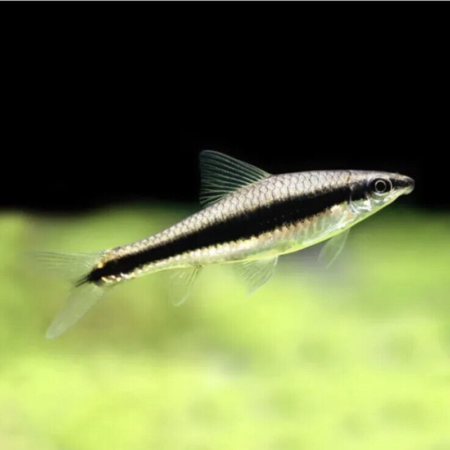

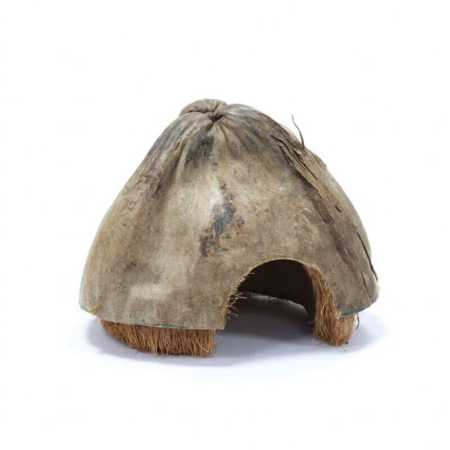





 Madagascar Cichlid Paratilapia polleni Starry Night - 2 Fish Male + Female, Easy Care Cichlid Fish for Beginners, Perfect Addition for Vibrant and Colorful Aquariums
Madagascar Cichlid Paratilapia polleni Starry Night - 2 Fish Male + Female, Easy Care Cichlid Fish for Beginners, Perfect Addition for Vibrant and Colorful Aquariums 
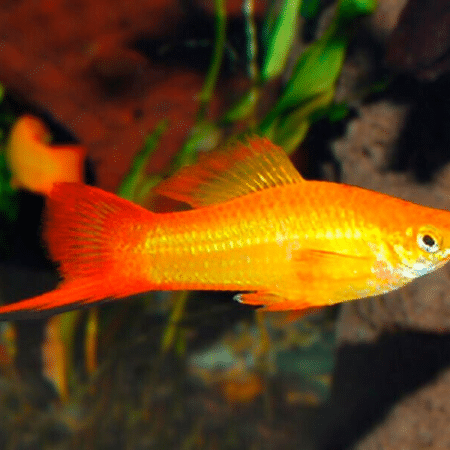
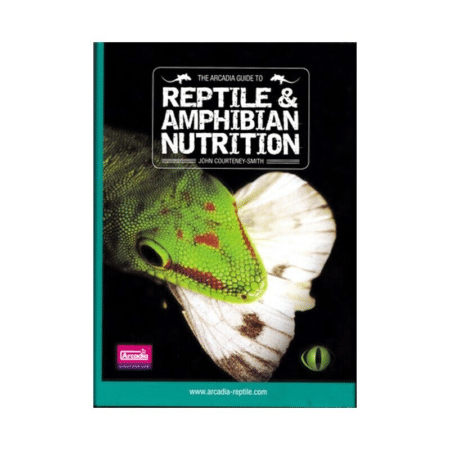

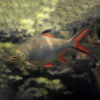



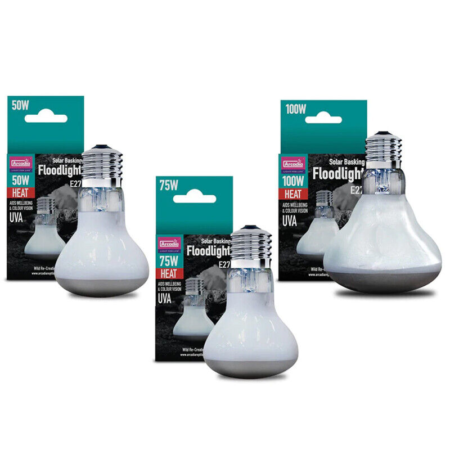



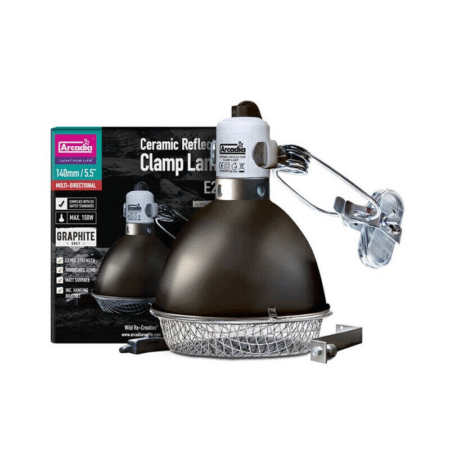
Emily Carter (verified owner) –
I recently purchased 5 Red Rosy Barbs (Pethia conchonius) for my 55-gallon community tank, and I couldn’t be happier with them! These little guys are a vibrant addition, with their stunning pinkish-red hues making a beautiful contrast against the greenery of my aquarium. I’ve had them for about two months now, and they’ve shown no signs of stress; they swim energetically in schools, which is such a joy to watch!
One of the things I love most about these fish is their peaceful nature. Unlike some other barbs I’ve kept in the past, these Rosy Barbs are very friendly and get along well with my tetras and guppies. They are also incredibly hardy, which is a huge plus for any aquarist, especially if you’re just starting out.
I did notice that they appreciate a bit of swimming space, so I recommend providing plenty of hiding spots with plants or rocks to keep them happy. Overall, if you’re looking for a cheerful and low-maintenance freshwater fish to brighten up your tank, I highly recommend the Red Rosy Barbs. They bring a lot of life and color, and I would definitely buy them again!
Emily Parker (verified owner) –
I recently purchased five Red Rosy Barbs, and I couldn’t be happier with my decision! These little beauties have brought so much life to my 55-gallon community tank. After just two weeks, I’ve noticed how they school beautifully together, making my aquarium truly vibrant. Their bright colors are mesmerizing, especially when they dart around chasing each other!
As a caring fish parent, I prioritize the health and happiness of my aquatic friends, and these barbs have settled in beautifully with my betta fish and other peaceful species. They are very active but not aggressive, which makes them perfect for a community setup. I did have to ensure that there were plenty of hiding spots in the tank, as they do appreciate some cover.
Compared to other schooling fish I’ve had in the past, like tetras, these rosy barbs are much more engaging and have a unique charm with their playful behavior. I highly recommend these to anyone, especially beginners looking to enhance their aquarium experience! Just make sure to provide them with a well-maintained tank and good water conditions, and they will thrive. Overall, this purchase was fantastic; I would definitely buy them again!